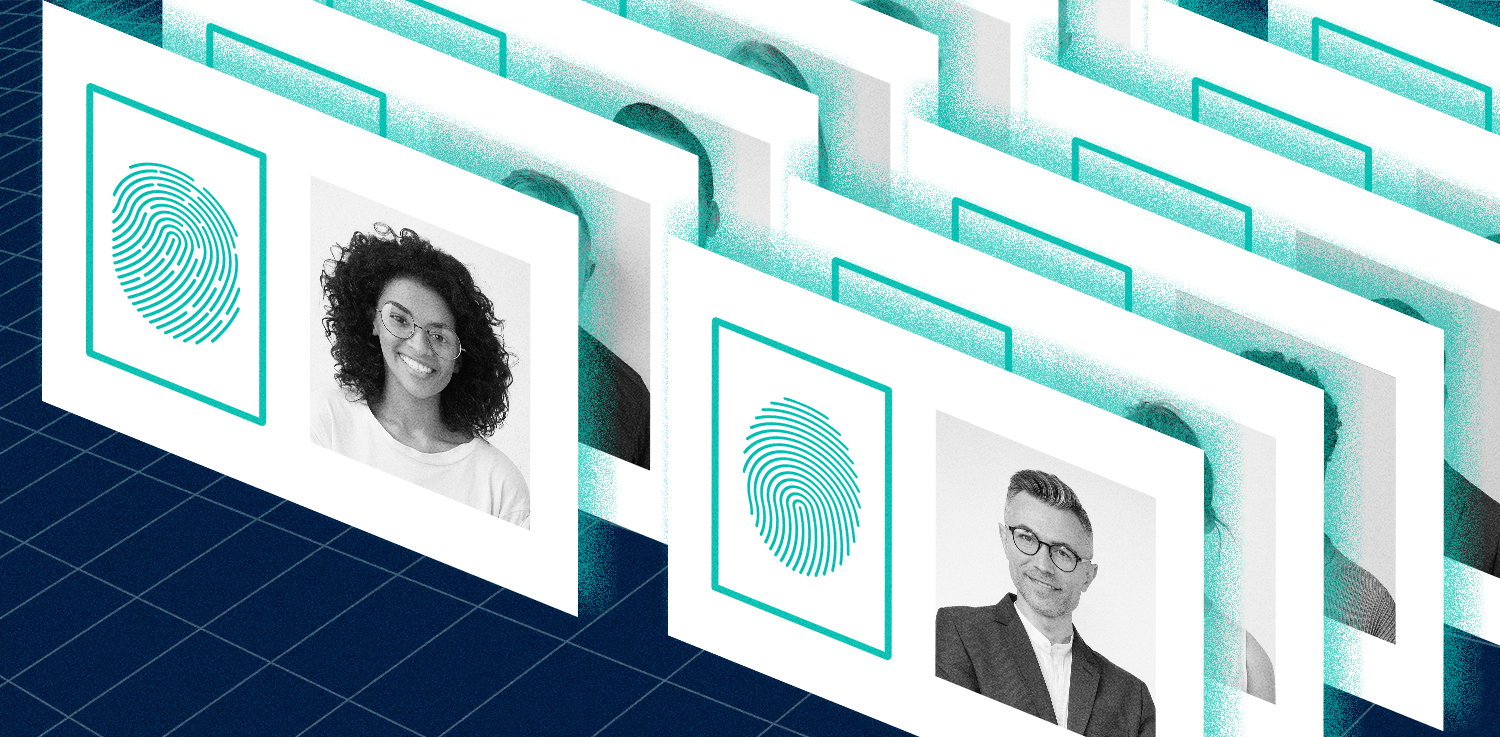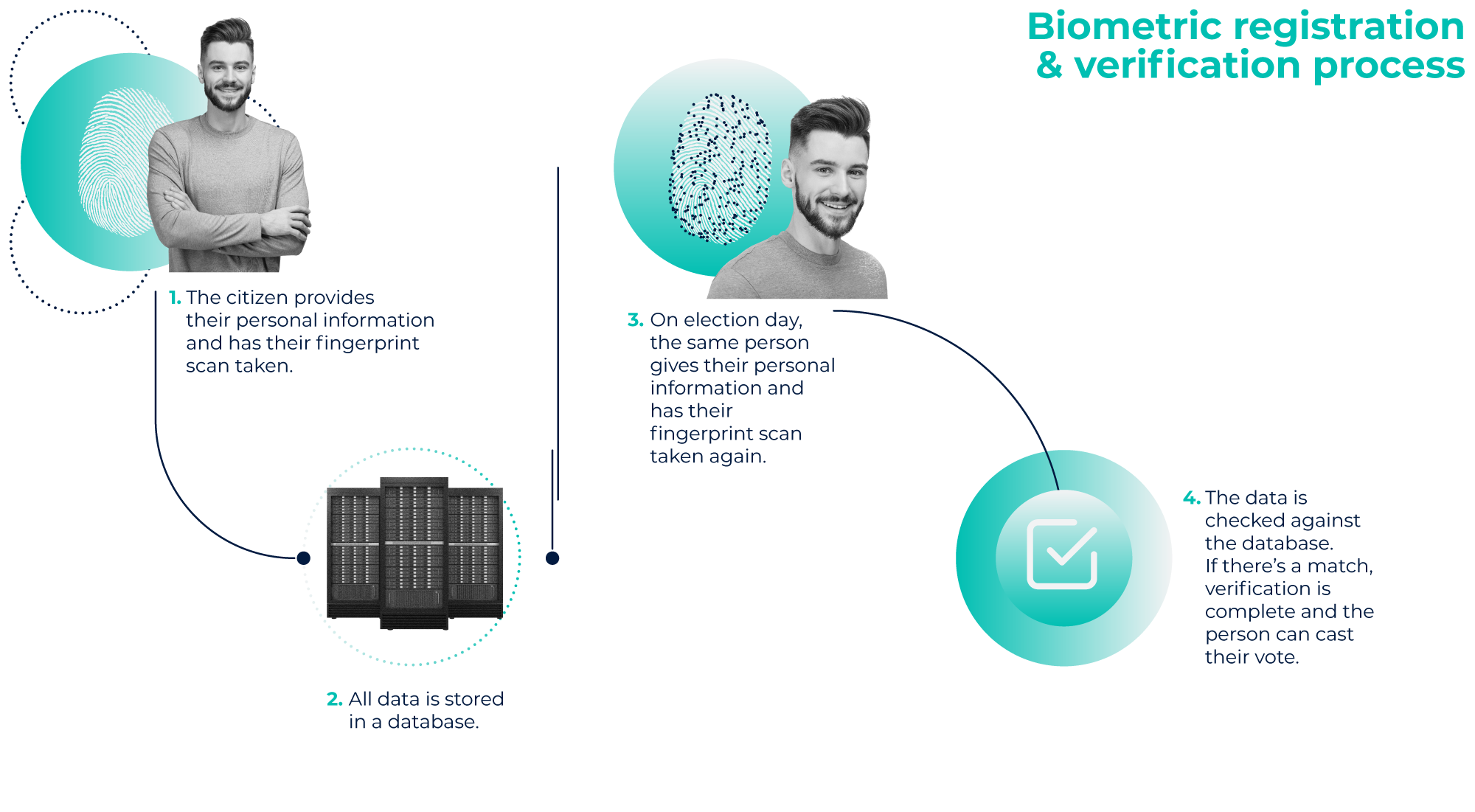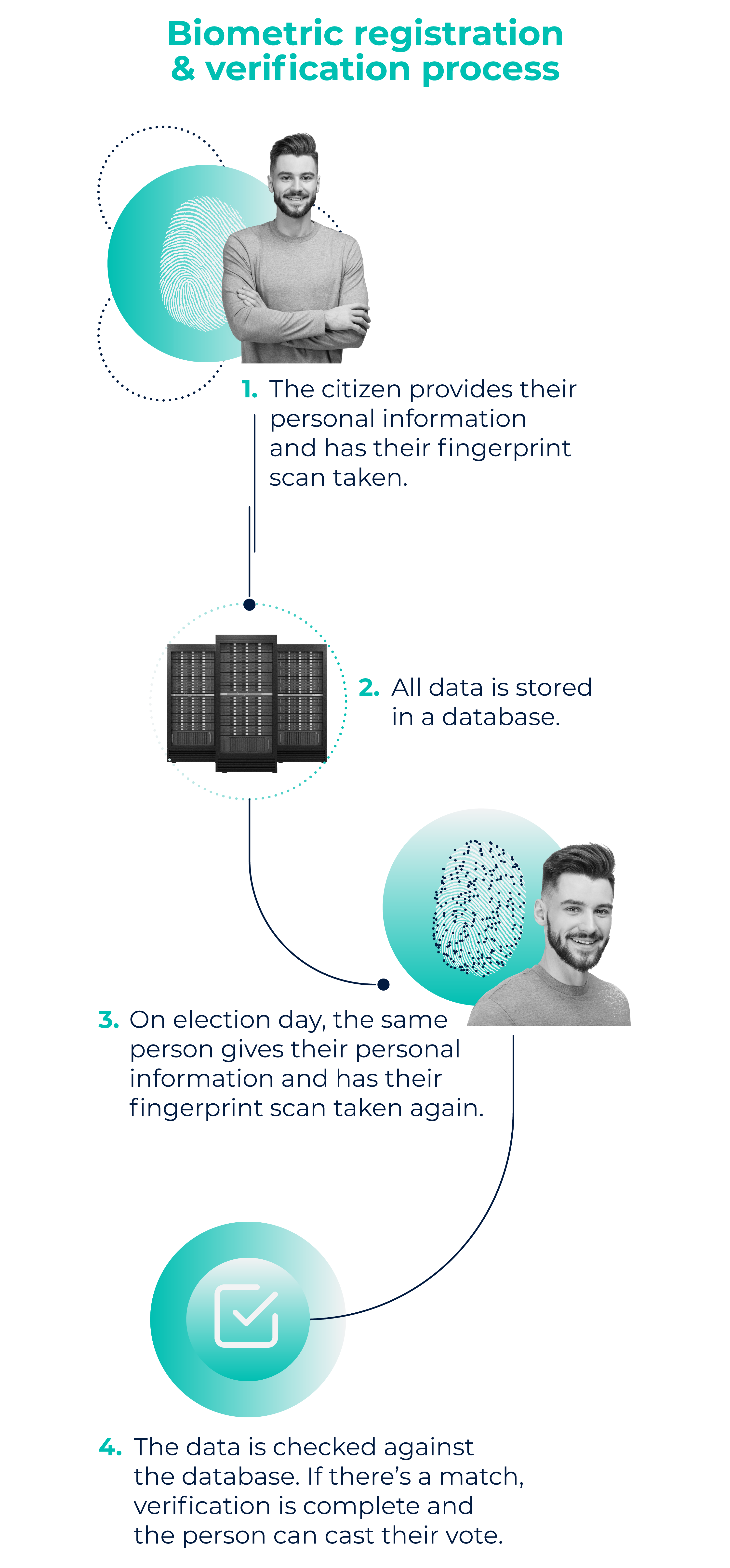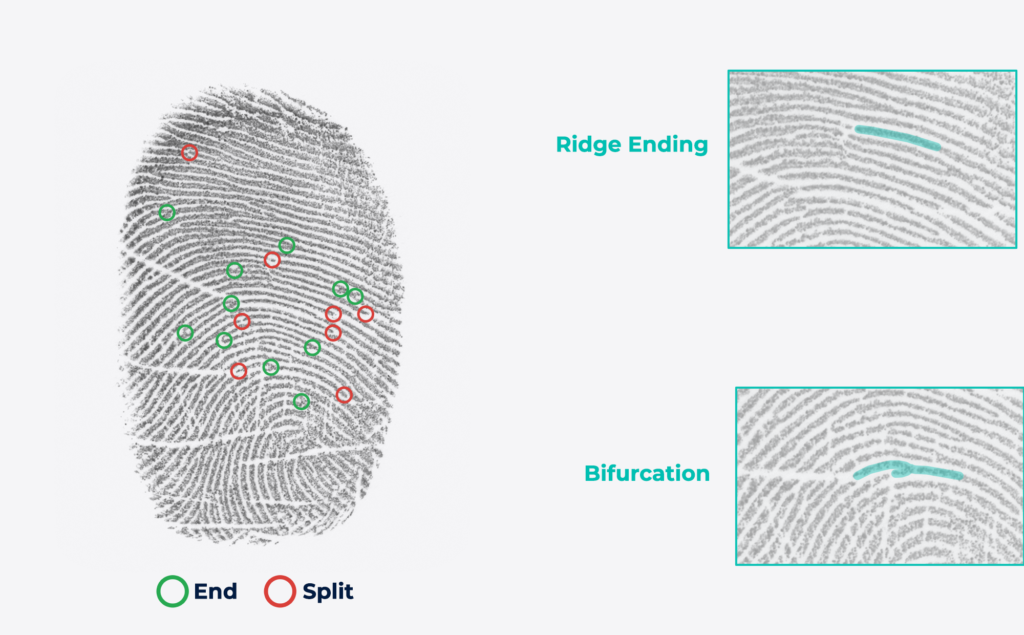Fast, compact and standardised: the Minex benchmark’s potential for improving elections everywhere

Contributor

AI Solution Expert at Innovatrics
Imagine being in charge of building a list of all eligible voters in your home country from scratch – a task crucial for preserving democracy. Yet there is almost no starting point of reference because the citizen registry is incomplete and riddled with duplicates, minors or deceased people. You and your team opt for biometrics, hoping the voter registry you create can later become a strong base for building a robust eGovernment system. But what is the twist?
After travelling the country and dutifully collecting biometric data on millions of eligible voters, you find out that you need to use a different biometric provider. Things like this happen. However, you’ve been collecting data such as fingerprints in the original provider’s proprietary format, which the other provider is unable to read.
So how could you do better next time? By making sure that you work with providers who standardise biometric data according to the Minex benchmark.
More about the NIST MINEX III

The Minutiae Interoperability Exchange (MINEX) III benchmark for fingerprint templates was developed by NIST and ranks among the most relevant tests in the industry.
NIST’s Minex III evaluates algorithms submitted for template generation and template matching. Each participant submits their own template generator and, optionally, their own template matcher.
Governments, organisations and private companies all rely on NIST’s benchmarks to define requirements for biometric technology projects.
Minex is a test developed by the National Institute of Standards and Technology (NIST) that ranks all the fingerprint verification algorithms that have been submitted for testing by their biometrics providers. If an algorithm achieves a high ranking in Minex, it means that it is superior in ensuring accurate communication between two or more different biometric systems. A basic example of such a system is ATMs – each bank has its own biometric database, yet needs to verify the identities of customers from other banks in order to authorise money withdrawals.
Innovatrics has been submitting fingerprint verification algorithms to the Minex benchmark for a long time, continually ranking among the top three performers with regards to its type of algorithm. Indeed, there is more than one algorithm needed in order to collect, and later verify, the identity of those enrolled. Let’s briefly discuss how it’s done.
How to get two biometric systems to communicate
If two different biometric systems exchange information, the information often has to come in a standardised format. For example, for one system to be able to verify fingerprints that were collected by a second system, there needs to be a standardised fingerprint template that is readable by both systems.
Before going any further, it is important to understand the full process of biometric registration and verification. To enable biometric registration, a person first needs to provide their personal information plus biometric data – often a fingerprint scan. All this provided data is then stored in a database. During the process of verification, the person then provides their personal information again, which is subsequently checked against the available data in the database. If they match, the verification is approved.


In order to test the algorithms, Minex therefore tests and rates two distinctive processes. First, how well one algorithm generates a standardised template from a collected scan of a fingerprint. And second, how reliably the second algorithm compares the already existing template to a new input and deems whether it belongs to the same person.
Biometrics providers, including Innovatrics, usually submit two algorithms to the Minex benchmark to prove their level of interoperability. These are called generator and matcher algorithms. The goal of the generator algorithm is to generate templates from fingerprint scans, whilst the matcher is designed to match a newly collected scan to the existing template in the database. Put simply, the generator wants to create templates so precise that when the same person scans their fingerprints again, the matcher will have zero problems recognising if the person is who they say they are.
For example, if the country in the voter-registry story above standardised their citizens’ data, they would start by generating templates from the fingerprints they collected all over the country. Then, on election day, eligible citizens coming to vote would be verified by a fingerprint scan using the matcher algorithm. The exchange between the two biometric providers would be smooth and painless.
Innovatrics has been ranked #1 in the matcher interoperability for a long time. As of September 2022, the company received new matcher test scores, confirming its position as the fastest and most precise algorithm in the world. Meanwhile, Innovatrics’ template generator also continues to be among the fastest algorithms worldwide.
How to standardise a fingerprint template
Although the details behind Minex’s purpose can get complicated, rumour has it that it actually came from a very simple reason: access cards for the company’s employees. The staff at NIST wanted to use fingerprint scans to get into the building, instead of having to remember and manually input an access code. The problem was, if they then had to change the finger-scanning device at the entrance at some point, the new one would likely have a hard time understanding the proprietary fingerprint database of the old device – which could result in employees potentially being stuck outside, unable to enter the building, because the system wouldn’t let them in. If they wanted to avoid this, they needed to find a way to standardise the fingerprint scans.
A fingerprint gets standardised like this: the algorithm looks at the fingerprint scan and finds the so-called minutiae points – where the papillary lines end or split (this is also called bifurcation). It is the location and orientation of the minutiae points that determine the uniqueness of a fingerprint.

Where else are Minex-benchmarked algorithms used?
The golden rule is to use standardised templates in all instances where one provider has to verify biometric data from a different system. It covers areas like:
- verifying a person crossing a national border
- exchanging biometric data about criminal suspects between two countries
- communicating between two bureaus within the same country
- banks verifying the identity of a person withdrawing money from an ATM
As fast and compact as it can get
Generating and matching fingerprint templates is not only useful for communication; these algorithms are also incredibly fast and compact. For Innovatrics, it takes approximately 85 milliseconds to generate a fingerprint template during the Minex testing, and just 5 milliseconds to compare a generated template with the respective template stored in a database. In real-life production, it gets even better: the algorithm can match 3 million fingerprints stored in a database per second while retaining high accuracy.
The compactness of this solution can be critical in situations where the collection of fingerprint scans takes place in locations with almost no internet connection, which makes the transfer of the scanned images to a safe data server almost impossible. But if the fingerprint scanner has an algorithm that standardises the scans, it can extract a template from each scan and send it to the server despite the lack of connection. While the size of the original fingerprint scan can be as big as 300 kb, the size of a template is often no bigger than 1 kb – in this case, size matters.
The small template size is not only a huge benefit for countries with an unstable internet connection across different regions, but also for regimes that endanger the collection of data by letting self-interested groups operate across the country, which can result in attacks on the employees and the theft of the data kits.
How to digitise the whole country with Minex
Minex-benchmarked algorithms are a standard part of automated biometric identification systems (ABIS), such as those used in elections. “This is to allow the user to connect to other sources of information, which is important – especially in criminal and border control uses,” explains Matus Kapusta, head of ABIS business unit in Innovatrics. Small templates generated by the algorithm also don’t take up too much space, even if the database has millions of records.
Complex state-level identification systems can be out of reach for some countries, but a quick adoption of biometric elections can create a stepping stone. Unlike other e-government systems, which can take several years to complete, the election registry is one that has a clear deadline: the upcoming elections. And as the registry needs to be reliable in order to prevent election fraud – the reason these systems are being adopted in the first place – it creates a solid starting point.
Once the elections have taken place, the country now has a reliable database of most of its adult citizens and can add other beneficial modules to it, such as verification for social aid or for services such as banks and telecoms. For these uses, interoperability is paramount if the country doesn’t want to be tied to a single provider with all of its e-government infrastructures. It can also provide a connection to the already existing infrastructure and tie it together with a single, reliable factor – a fingerprint.
AUTHOR
Kristína Zrnčíková
PHOTOS
Shutterstock








